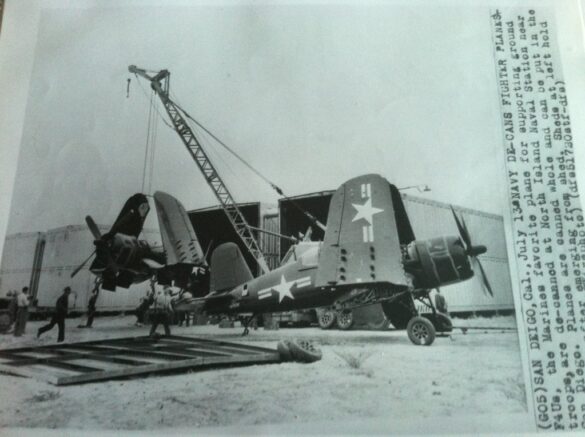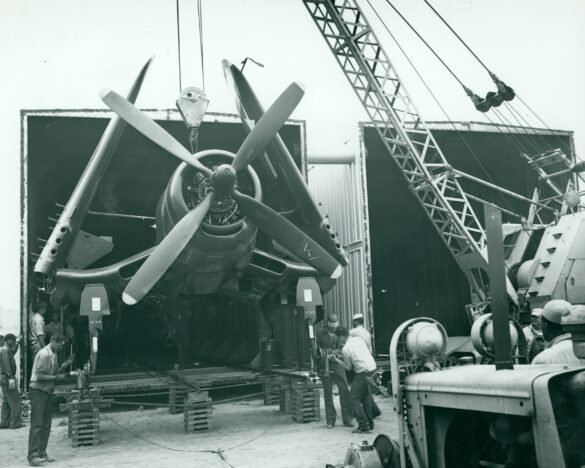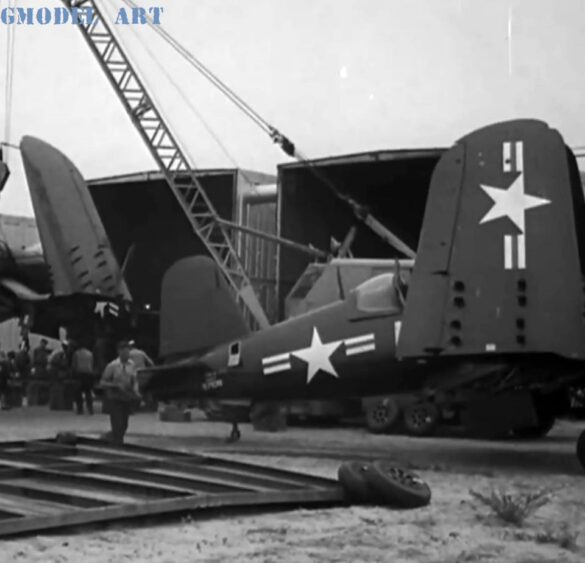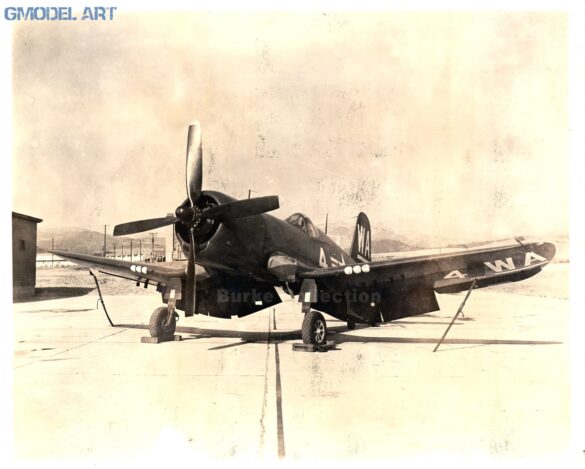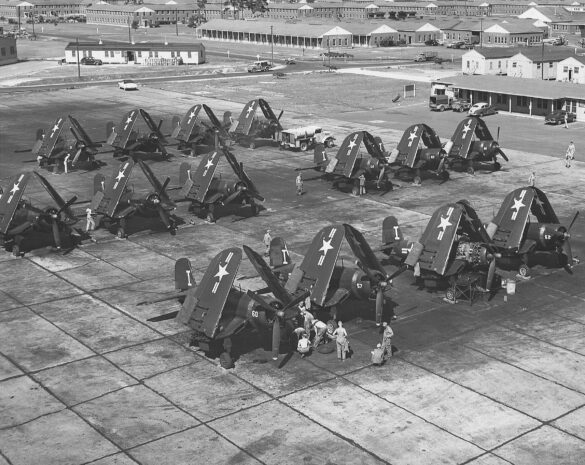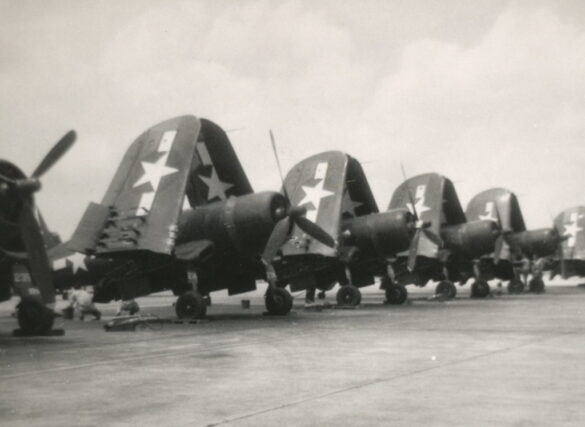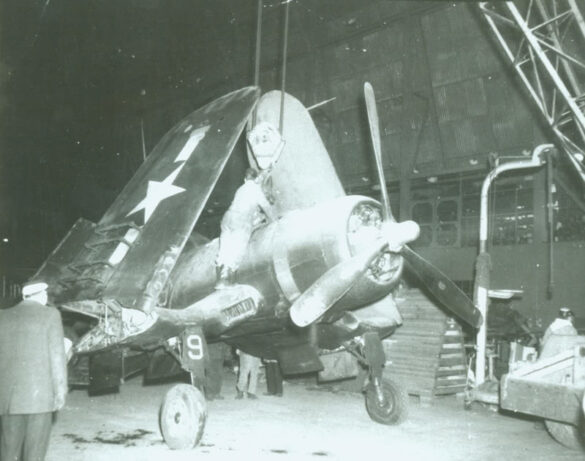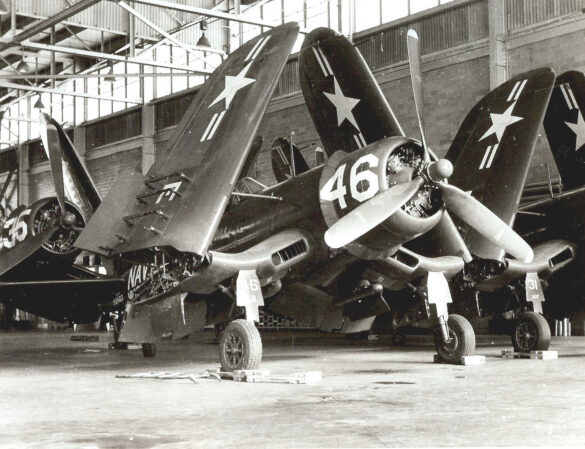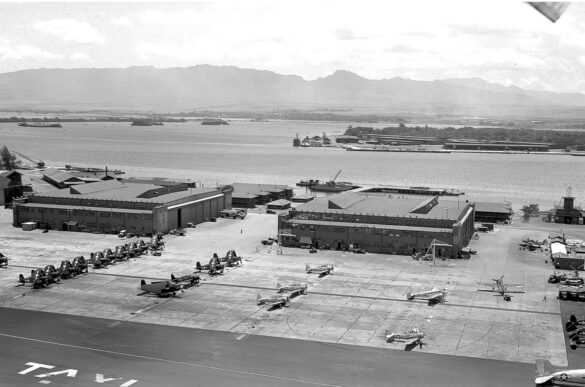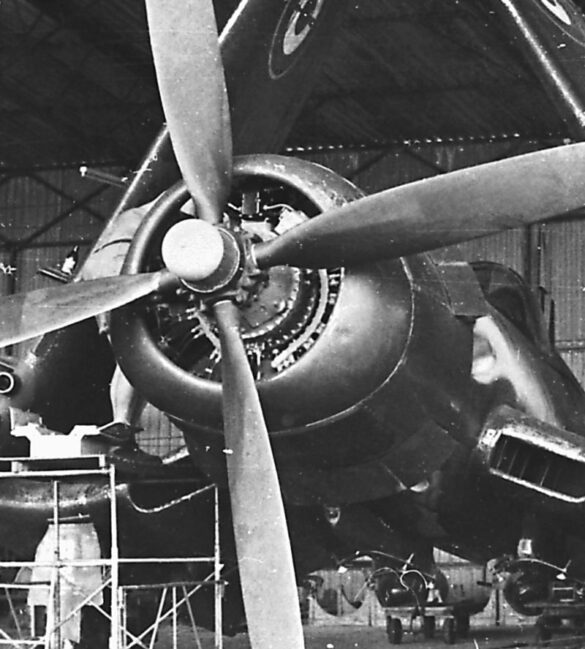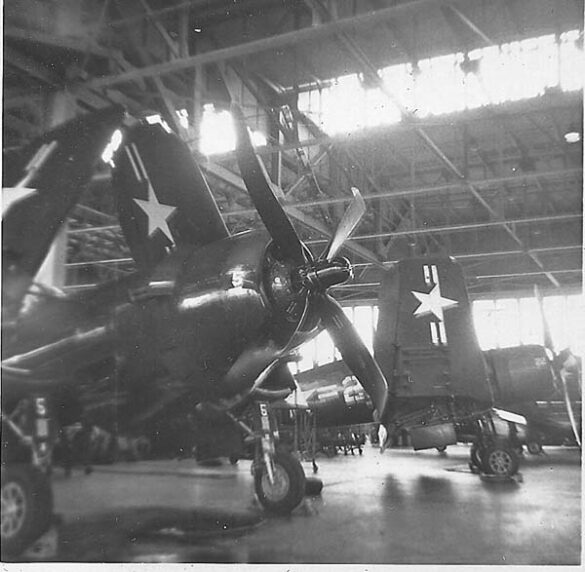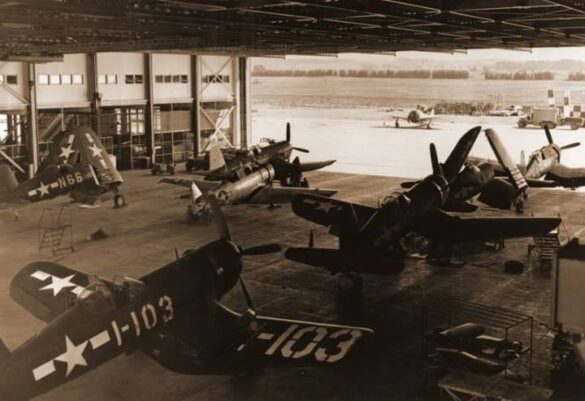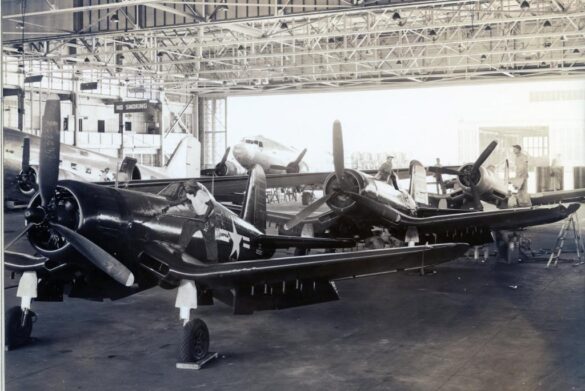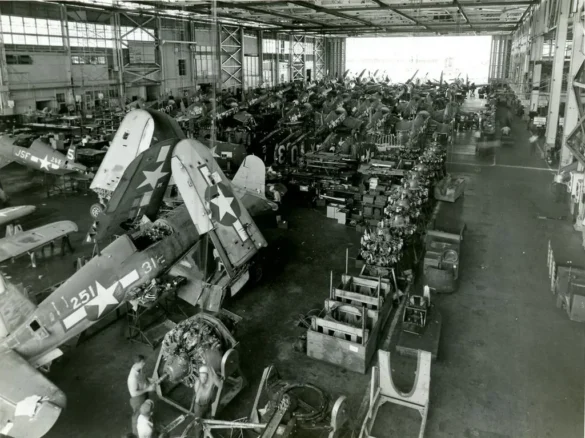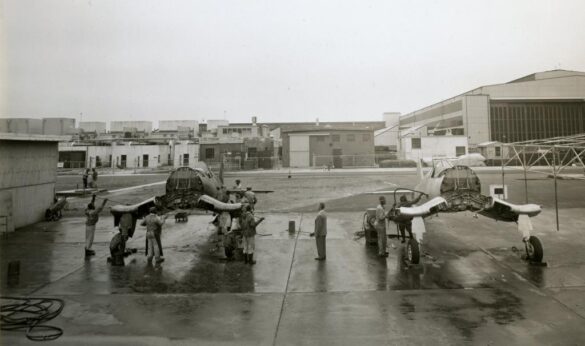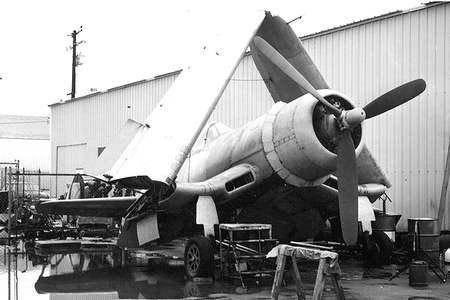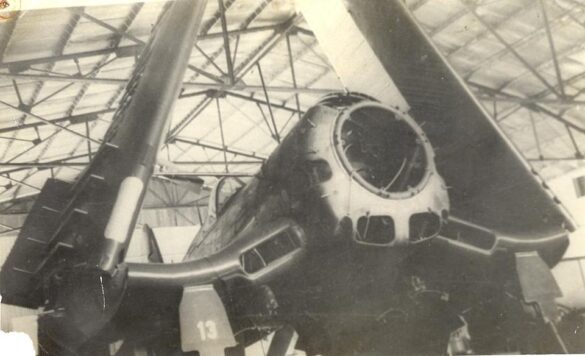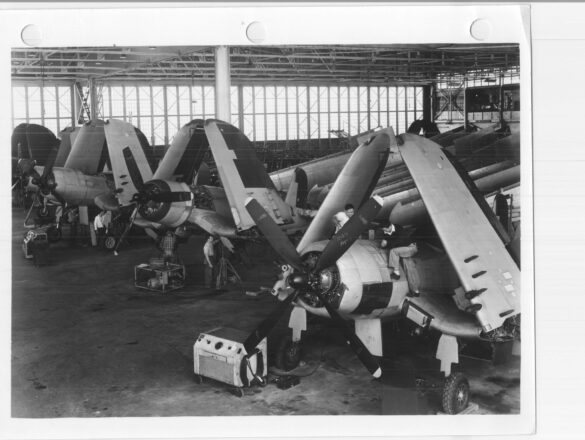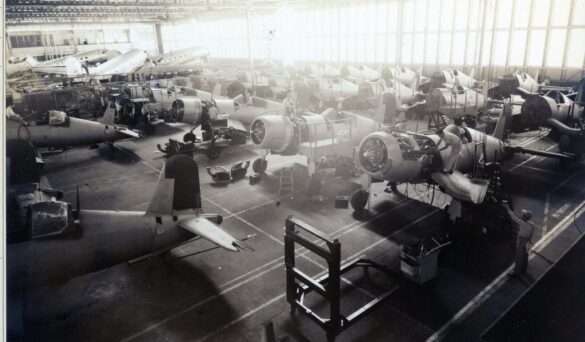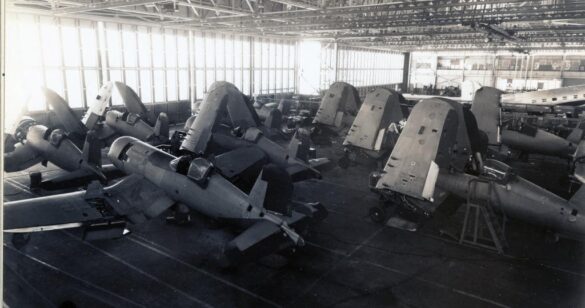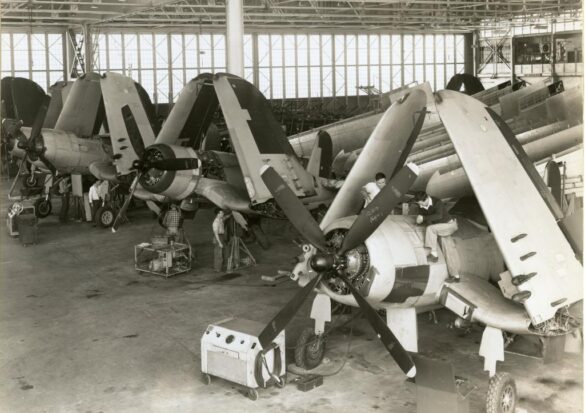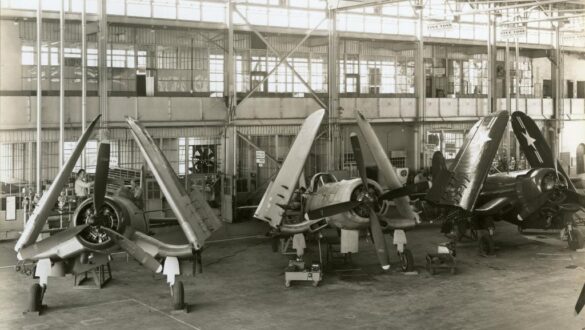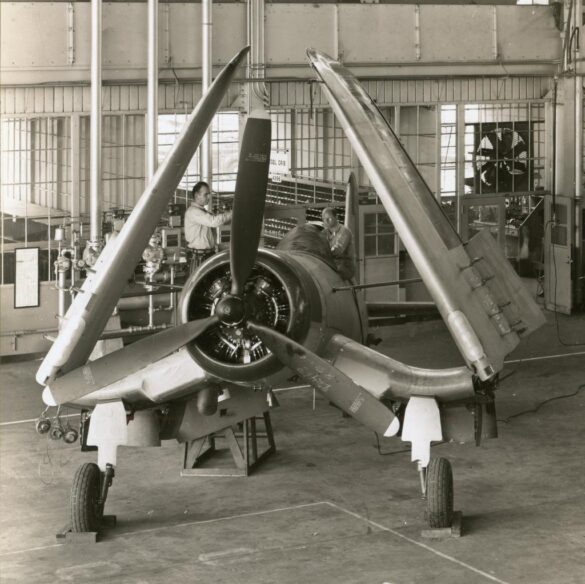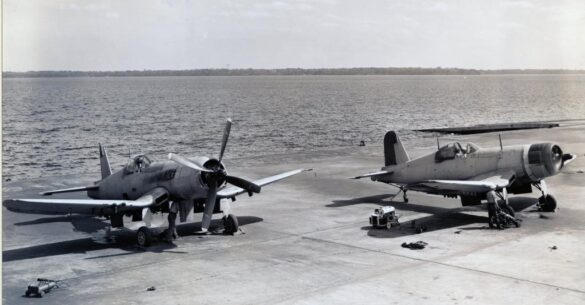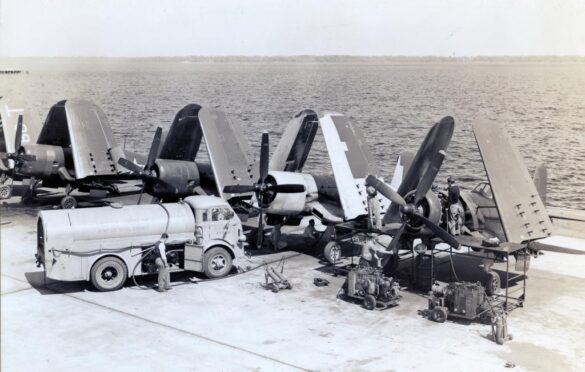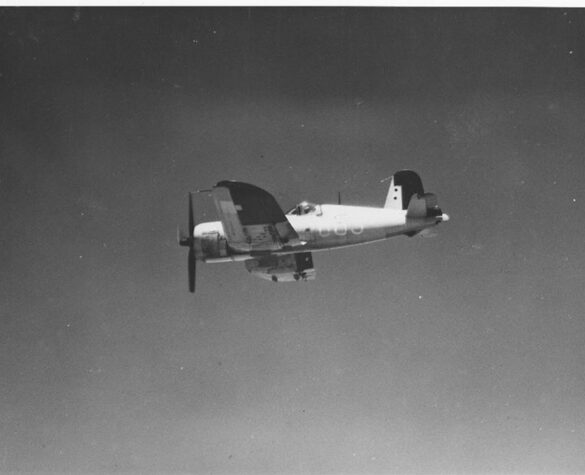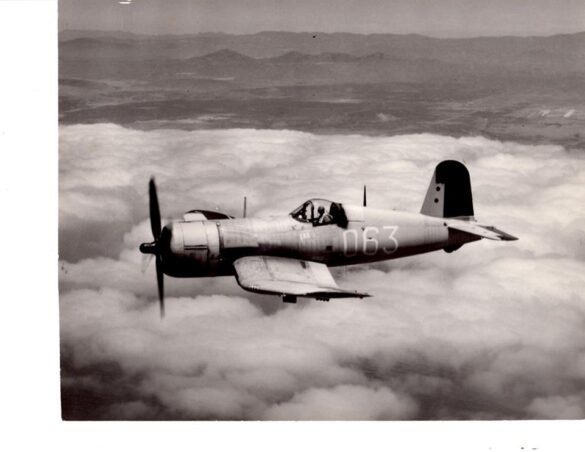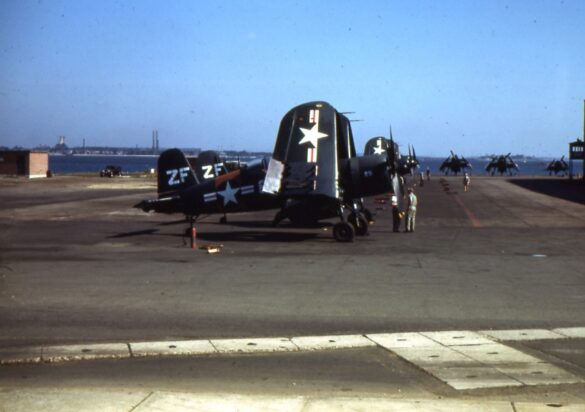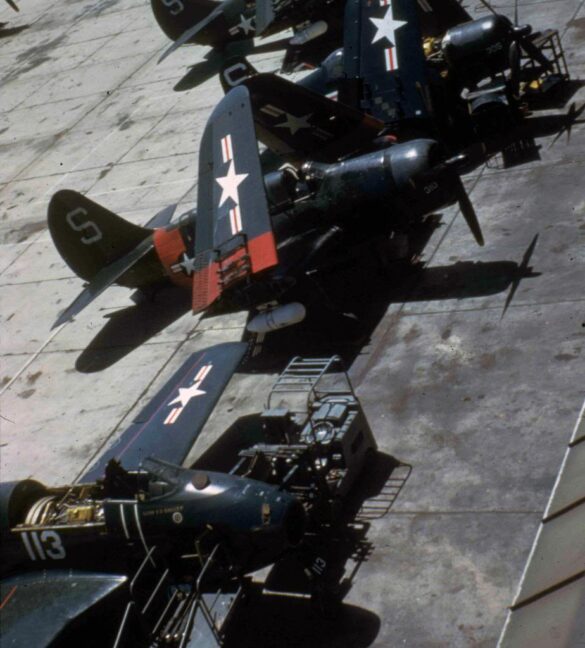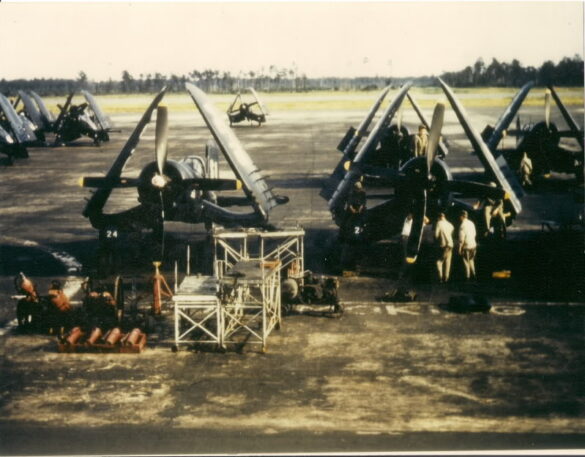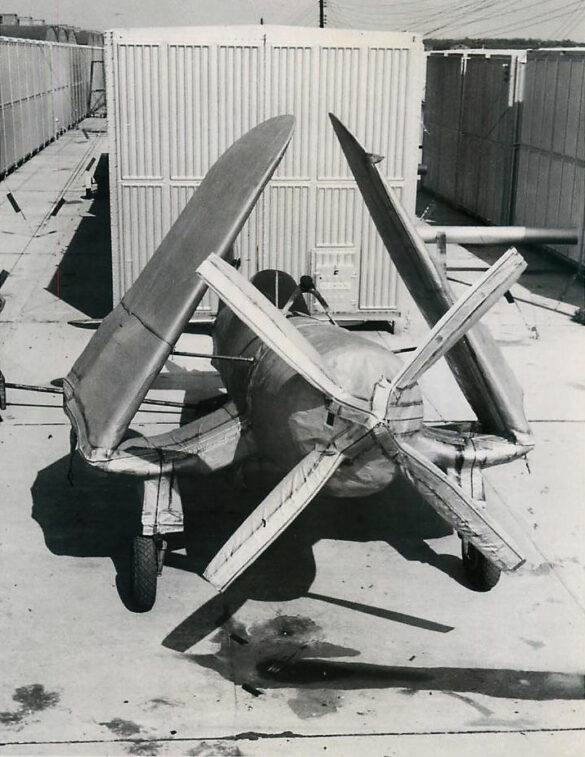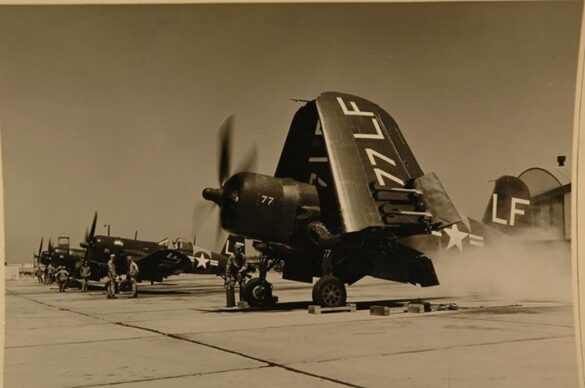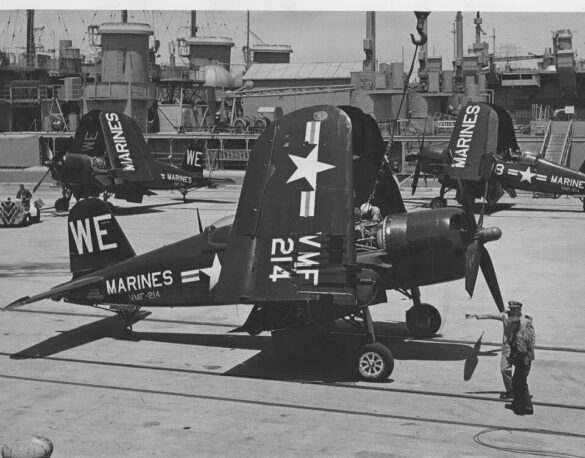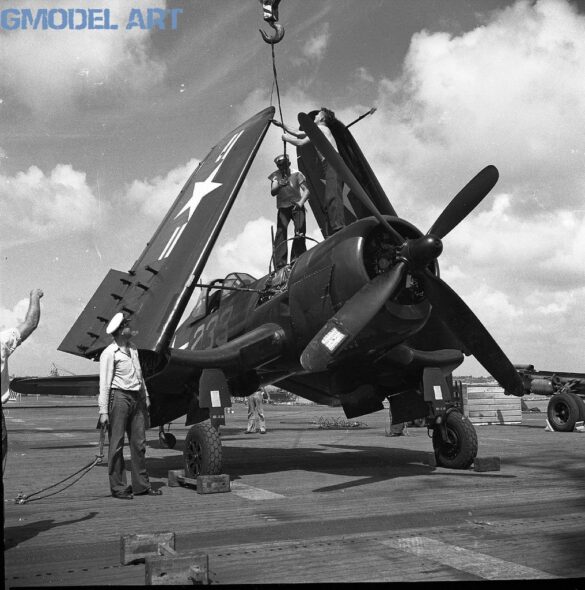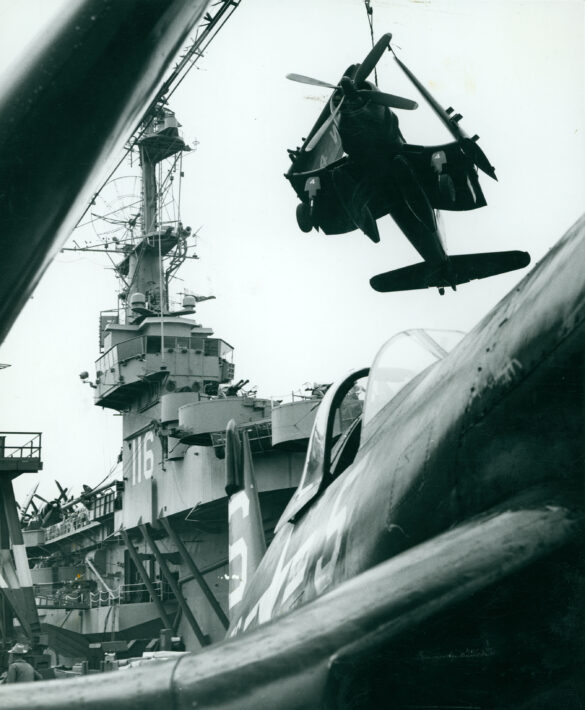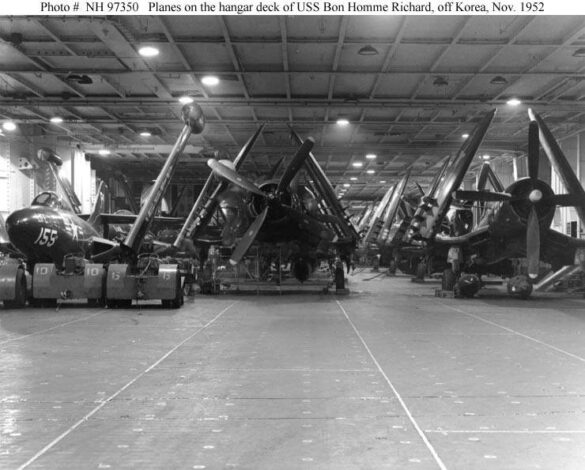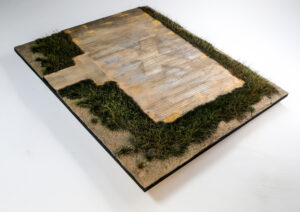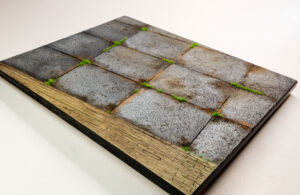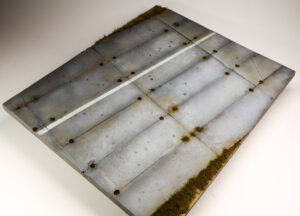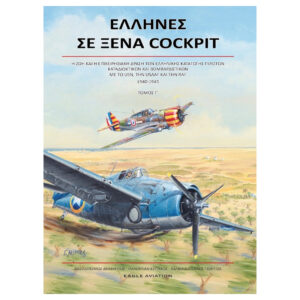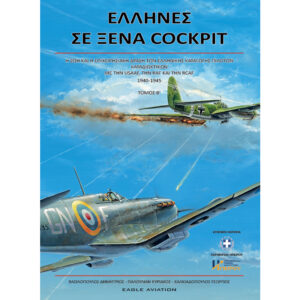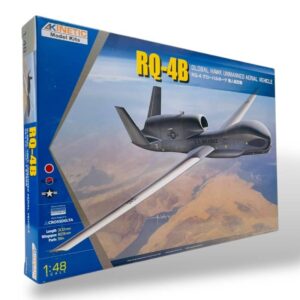article
F4u- Corsair Prepping korea war jacksonville NAS 1950
Five years after the end of World War II, the United States was embroiled in the Korean War. When the Korean War broke out, the new jet aircraft used by the Air Force and Navy were flawed. They were expensive and fragile, unable to operate from makeshift runways or hover over the battlefield for hours at a time. Thousands of Corsairs and Mustangs (now designated F-51s) served in Korea as “bomb trucks,” carrying explosives to the front lines forever. Bought and paid for by the military, they could be used up on dirty and dangerous missions that jet jockeys wouldn’t touch. Masses of B-29s served in Korea, bombing daily until MiG-15 fighters began to destroy them. Superfortress crews quickly shifted their operations almost exclusively to night bombing. In a hangar in Jacksonville, Florida, dozens of Chance Vought F4U Corsair Navy fighters undergo heavy repairs in 1950. The Korean War would begin less than three months later.
F4u- Corsair preparing for new service at NAS Jacksonville in March 1950
The first phase of the restoration was to lower the engines for mechanical inspection and reconstruction. The planes, as we see in the photo above. They are without wings and rudders. Only the unrestrained is left. The decolorization process must have been done by pressing a pressure machine with hot water, perhaps a chemical remover. In this photo we see the various F4u-1D & F4u-5 wings. The F4u-1 up to F4u-4. They have a fabric cover and are painted, while the rest of the aircraft is bare metal. While the F4u-5. It is made of aluminum, in the same place. In a series of photos, we see that the fabric parts of the aircraft are painted, with FS-35042 USN Sea Blue. While we see the rest is discolored metal. It seems that the painting process took place in gradual steps and not directly, after the reconstruction.
All interior parts are painted with a Flat Yellow and not with the Yellow Green found in the Corsair of 2 WW. They were not applied with Primer and the paint fell directly on the pure metal. I make the assumption that due to the war, there was time pressure for the Corsair to be delivered immediately and for this reason no primer was passed. Before the final painting with Sea Blue FS-35042. This is the main color of the navy in the Korean War. With the only exception of the night fighters F4u-5N which were black and not all of them in their entirety.
The engine cover, which is peeled. It shows that no substrate has fallen before the final color and we see the metal. We find this in several Corsairs. But that doesn’t mean he didn’t have any Primer underneath. Some fighters did not pass the restoration phase and maintained the factory color and substrate.
Paint guide:
- Yellow Zinc Chromate: YZC is not well represented among the traditional paint manufacturers although Tamiya’s XF-4 (Yellow Green) is a surprisingly accurate match that will displease nobody despite its generic labeling. Gunze has released both yellow and green versions of this primer in a box set (now available individually).
- Green Zinc Chromate: Most paint ranges do not differentiate it with the slightly browner ANA 611 or give unspecific labels like ‘US Interior Green’ although for modeling purposes the difference should not be too problematic. AMMO by Mig’s A.MIG-202 commits the triple sin of labeling itself as GZC, ANA 611, and FS 34151 which it appears closest to. AK Real Colors (RC264) is labeled Interior Green Yellow which suggests a GZC rather than ANA 611 match; AK’s Air Series range, however, does include separate paints for each.
- Glossy Sea Blue ANA 623 (2): No paint company currently makes a postwar-specific ANA 623. Most modeling paints attempt to match FS 15042 which is closer to the darker wartime shade and would not look appropriate when compared with photos of USN/USMC aircraft from around the time of the Korean War. Only Colourcoats makes a specific post-war version, although it is matched to FS 15042 which would seem incorrect. Tamiya XF-17, a poor match for the wartime shades, looks like a better post-war fit while Xtracolor/Xtracrylix (X121/XA1121) appear closer to the post-war version as well. Given that the difference between ANA 607 and 623 is not as great as many paint manufacturers think, a workaround is to use ANA 607 if it is separately available and is lighter and more saturated. For example, Gunze’s H56/C14 seems to fit this description. The paint table includes ANA 607 matches and equivalents with the caveat that they have not been adequately compared.
| ANA 623 (2) | |
| Glossy Sea Blue | |
| Schemes | |
| Basic | Overall |
| Color matches | |
| Gunze Aqueous | (H54) (?) |
| Gunze Mr. Color | (C14) (?) |
| Humbrol | (181) (?) |
| Model Master | (1718) (?) |
| Revell | – |
| Tamiya | (XF-17) (?) |
| Vallejo Model Air | (71.295) (?) |
| Vallejo Model Color | (70.898) (?) |
| AKAN | (72042) (?) |
| AK Interactive | (AK 2233) (?) |
| AK Real Colors | (RC257) (?) |
| AMMO by Mig | (A.MIG-227) (?) |
| Colourcoats | ACUS35 |
| Hataka | (HTK-_006) (?) |
| Lifecolor | (UA 044) (?) |
| Mission Models | (MMP-062) (?) |
| Mr. Paint | (MRP-237) (?) |
| Xtracolor | (X121) |
| Xtracrylix | (XA1121) |
F4u- Corsair Fuerza Aerea Hondurena

